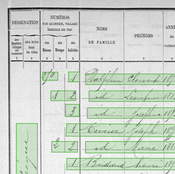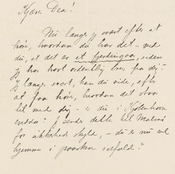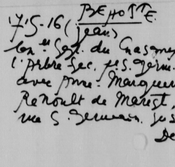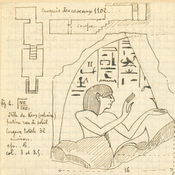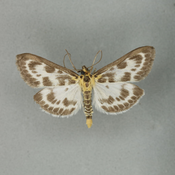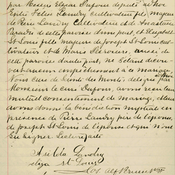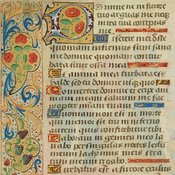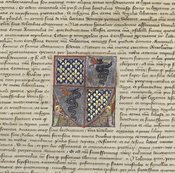Census
Census are a major source of information for historical studies. They provide information on the complete population of the country over large periods of time. TEKLIA is a partner of the research project SOCFACE and will provide the complete automatic transcription of the handwritten lists of all the French census between 1836 and 1936.
